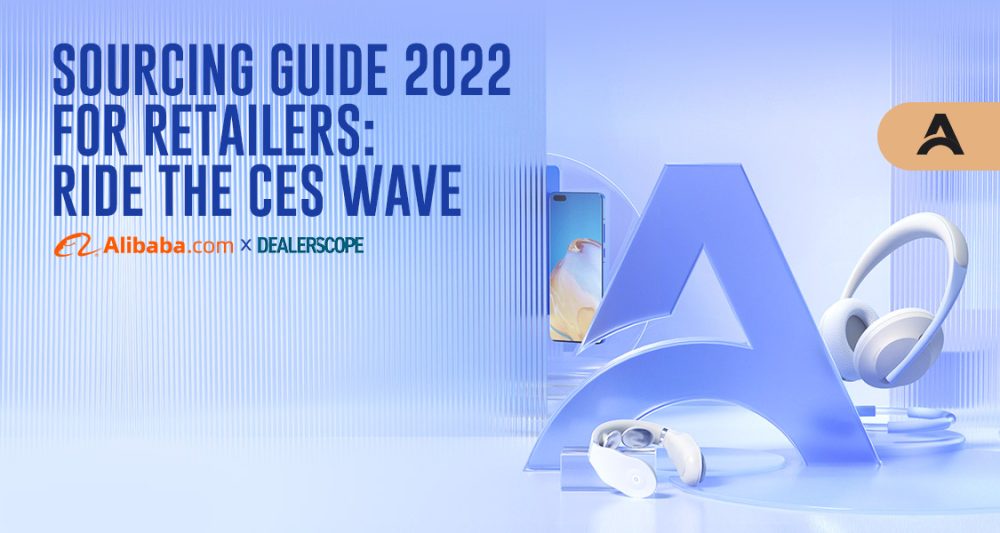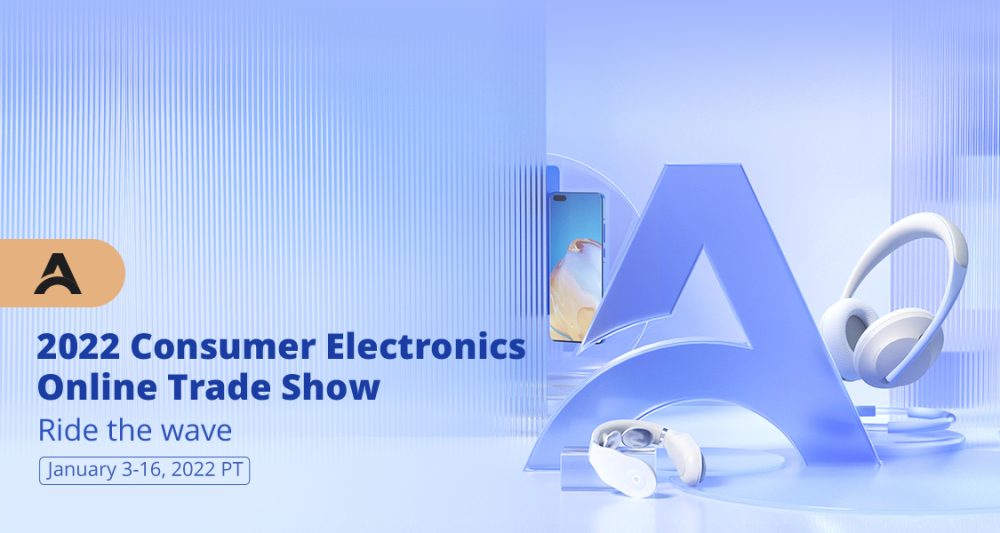The Consumer Electronics Show (CES) has always been a valuable window for global B2B businesses, entrepreneurs, and innovators to stay ahead of the curve and identify market opportunities brought by the latest technology innovations and how they shape the economy and consumer behavior.
This year’s CES heralded a new wave of products and innovation as demand for new technology remains sky-high amidst ongoing disruptions from the pandemic. The organizers of CES, the Consumer Technology Association (CTA), expect US consumer technology revenues might hit a record $505 billion this year. Retailers are embracing e-commerce like never before, as online shopping habits formed during lockdowns over the past two years haven’t gone away. And that’s a huge opportunity for retailers in the field.
Global sourcing: Your key to riding the CES wave
January is the optimal time for retailers and brands to plan for the coming year. To fully capitalize on CES trends, retailers must prepare in advance so they have the right sought-after products in stock when consumer demand comes.
Being able to access manufacturers and suppliers from near and far can be a big advantage when merchandising or going to market with new products that ride the trend of the latest consumer preferences. But sourcing globally can be a complex, time-consuming process even at the best of times, and disruptions from the pandemic have only added to the challenge.
Here are some factors for sourcing success, as well as key challenges that retailers and brands have to overcome:
- Decide on what to stock, early. In the current environment, however, retailers and brands must decode current market trends and stay ahead of the game to figure out the right item to stock – something that has become more difficult as tech and consumer trends change rapidly and markets diversify in terms of products, styles, and specifications.
- Identify and verify reliable suppliers that can ensure product quality and timely order fulfillment. This has been made challenging during the pandemic, with restricted travel and reduced in-person meetings and visits.
- Have a robust logistics, shipping, and fulfillment chain. When working with global sellers, cross-border logistics can add another layer of complexity, especially amidst current uncertainty.
Thankfully, B2B e-commerce marketplaces such as Alibaba.com offer tools and services that can help buyers overcome these pain points and make global sourcing for consumer electronics easier, more efficient, and more reliable than ever.
This guide, put together by Dealerscope, in collaboration with Alibaba.com, draws on insights from suppliers and global sourcing experts in the industry. It aims to help US-based B2B buyers source for success in the consumer electronics sector by sharing practical tips on six key areas:
- How to tap opportunities driven by the technology “megatrends” of greater connectivity and immersive experience (VR, AR, and MR)
- How to source for success in three hot categories for 2022: enhanced entertainment, smarter homes, and improved wellbeing.
- How to tailor your sourcing strategy to the demands and trends of each market
- How to efficiently match with the right supplier based on key indicators and metrics
- How to find the right quality product by searching and filtering with key criteria
- How to align with industry cycles and take advantage of key events to source for the coming year















